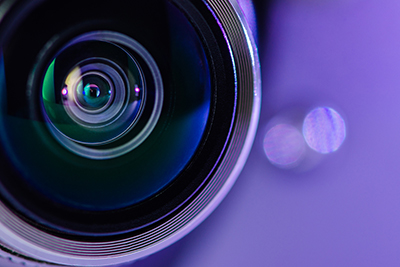
You’ve probably heard the terms “machine vision” and “computer vision” many times. Often, it seems like they mean the same thing. But are the terms interchangeable? Is there a difference between machine vision and computer vision? Let’s find out the differences and similarities between these two technologies.
Defining Computer Vision and Machine Vision
Computer vision uses a system with a PC-based processor to analyze the imaging data it collects. Typically, computer vision has a lot of processing power. It can identify, predict, or observe trends. Computer vision can also analyze a lot of data and variables at once. Computer vision is commonly applied to the medical, finance, and defense/security industries.
You can think of machine vision as a simpler form of computer vision. Machine vision is fast and lean. It often only needs PLC-based processing. It’s built to quickly analyze image data and make simple, automated decisions. Machine vision works great in manufacturing and practical applications. You often find it used for quality control, inspection, and guidance.
Comparing Computer Vision and Machine Vision
Machine vision and computer vision are both used to perform image processing. To do so, they both need similar components: a camera, a capture board (and/or frame grabber), lighting, and software to handle the data. But this doesn’t mean you should use them interchangeably for your vision system needs.
Computer vision is often focused on understanding images fully after acquiring, processing, and analyzing them. Computer vision systems usually extract as much data as possible about an object or scene. Whereas machine vision zeroes in on the most critical parts of the image relative to its application. Machine vision is more likely to be used for fast decisions.
Machine vision is often designed with a specific application in mind. Machine vision is also typically found in the engineering domain whereas computer vision is often used in the Sciences and Big Data. Some liken machine vision to a stand-in for a worker and computer vision to a team of analysts.
In recent years, the lines have become blurred and computer vision and machine vision technologies overlap. Deep learning has given smart cameras the intelligence to analyze image data in greater detail. And the connectivity of Industry 4.0 devices even lets these cameras communicate with automation equipment, cramming computer vision tech into the camera.
Regardless of whether you decide on a computer vision or machine vision system, you’re going to need a camera. Get the right vision camera from the experts at Phase 1 Technology!
